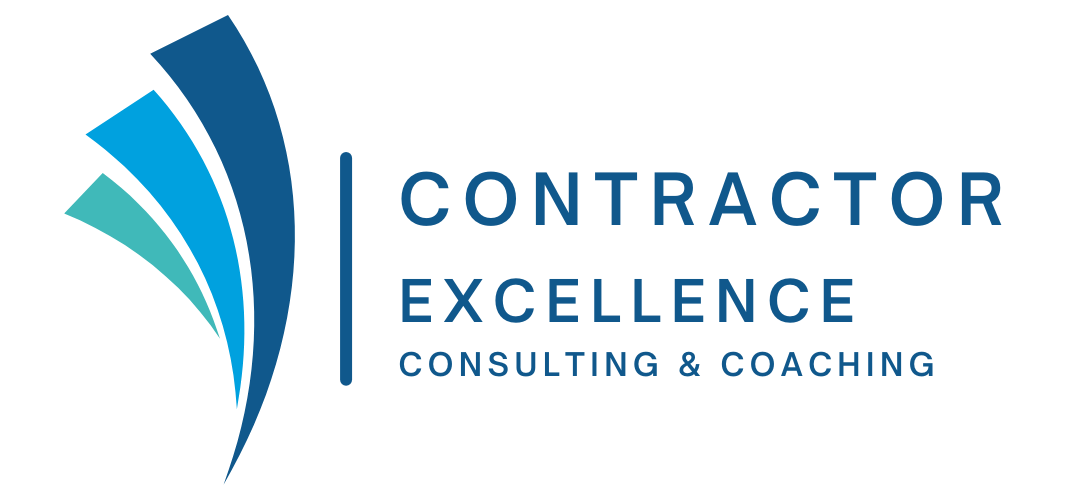Understanding Cost Behaviors
What are Costs?
One of the first steps in studying the financial health of an organization or business is understanding costs. Costs are, very simply, money that must be paid out so that a company can produce revenue by selling a product or performing a service. Costs, which are often also referred to as expenses, are deducted from revenue in the calculation of profit. The greater the difference between revenue and costs (or expenses), the greater the profit. To be able to control costs in a business, an owner or manager must understand how costs behave. Cost behavior refers to what makes the cost go up and down. There two basic types of cost behaviors: variable and fixed.
Variable Costs
Variable Costs are costs which go up and down in relative proportion to sales. These are things like the materials and the labor used to make a product or perform a service. The more you sell, the more you have to spend on these things.
Fixed Costs
Fixed Costs are costs which stay the same regardless of how much you sell. These are things like rent or fixed employee salaries. Fixed costs remain the same within what is referred to as a relevant range. This means that rent or salaries will remain the same up to a certain point, but eventually, as sales increase, you will need a bigger space or more employees. This is best visualized like steps. You could be good at one set of fixed costs for a long time before you will eventually need to take a step to a new set of fixed costs.
Gross Margin
Gross Margin or gross profit (as it is sometimes called) is the difference between revenue and variable costs (or expenses). Since variable costs, by definition, go up and down in proportion to sales, gross margin is often referred to as a percentage of sales. Gross Margin is the profit you use to pay your fixed costs on your way to net profit.
Break-Even Point
The Break-Even Point is the point at which your revenue is just high enough to cover your variable costs leaving you with exactly enough gross margin to pay your fixed costs. This leaves you with a zero-dollar profit (or break-even). The formula for calculating break-even is:
[Revenue] x [Gross Margin Percentage] – [Fixed Costs] = Zero
Knowing your break-even point can help you make business decisions because for every dollar of revenue in excess of your break-even point, the gross margin on that dollar becomes net profit.
Conclusion
Owning a business requires a lot of planning, especially when it comes to finances and pricing. Some of that planning boils down to guesswork, but there is no reason why a thorough analysis of costs (and what makes them go up and down) cannot help you make educated guesses. Wherever you are in the process, study the costs, test them in real life, and update prices, and revise expectations as conditions change.
Contractor Excellence Consulting & Coaching helps home service businesses like yours achieve profitable growth by focusing on seven key areas proven to drive success. With over 50 years of combined experience owning and operating home service businesses, our partners understand the challenges you face. We offer expert business coaching and creative design services to help you boost profits, streamline operations, and attract more customers.
Are Ready to transform your business? Schedule a free consultation today and discover how we can help your company reach its fullest potential. Or, for ongoing support and exclusive resources, explore our subscription plans, which include one-on-one coaching and access to our complete library of resource materials.
Like What You See?
Sign into Your Free Membership Account to Read More

